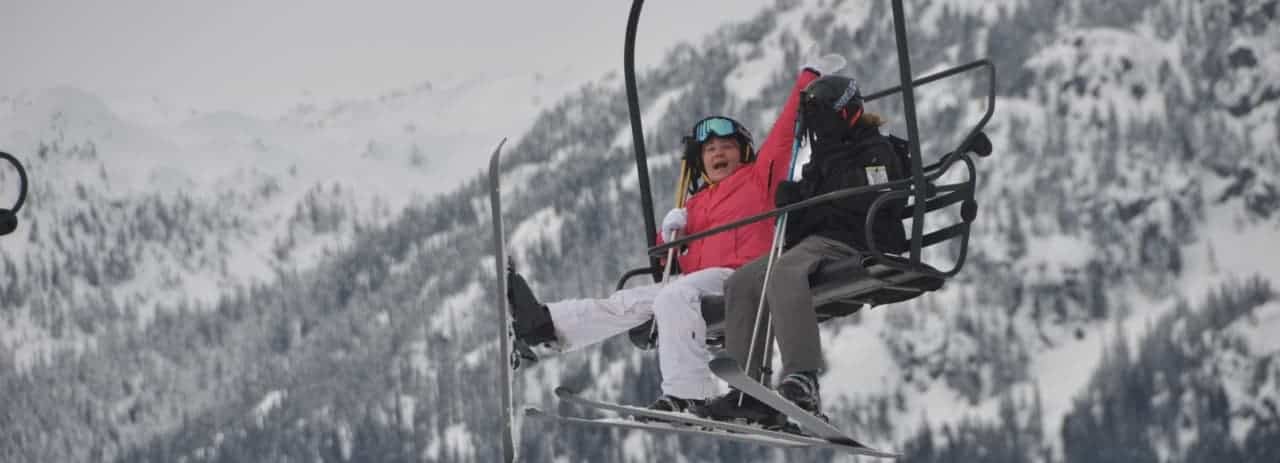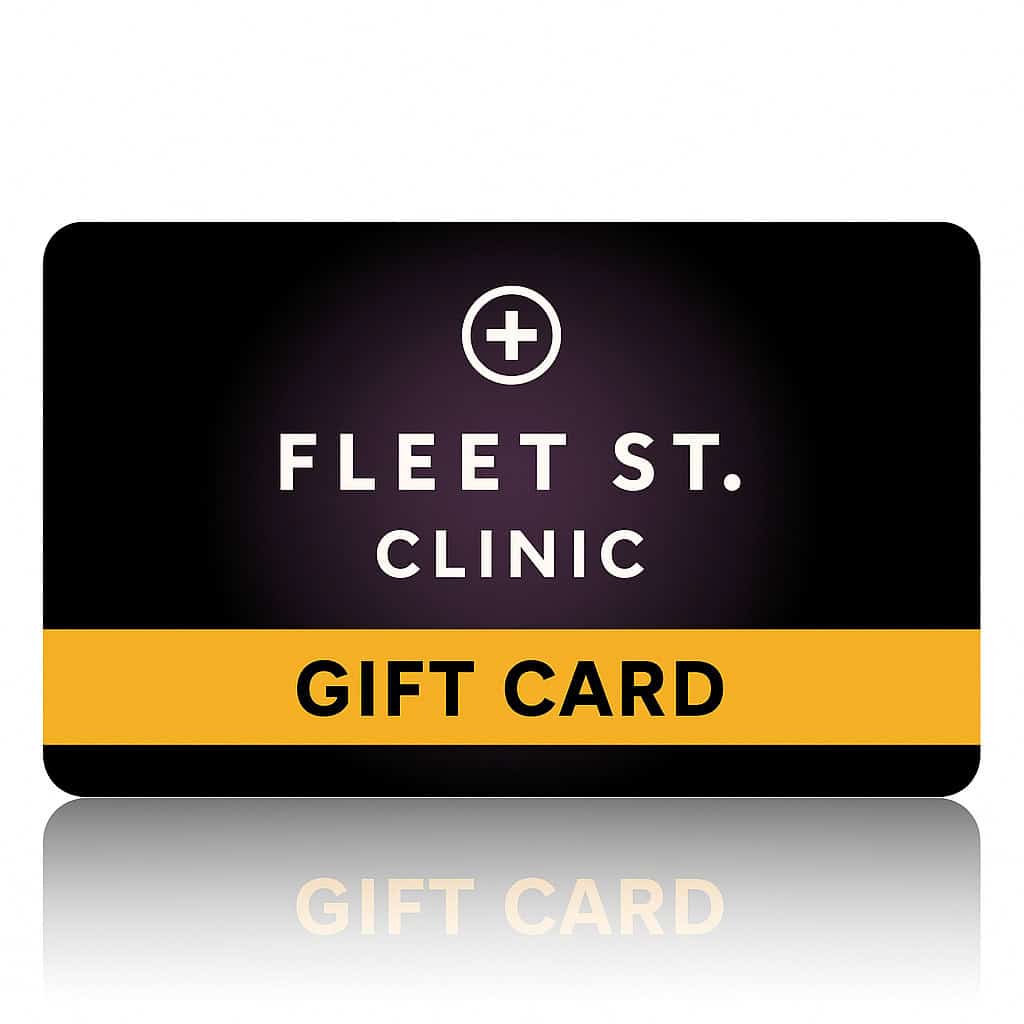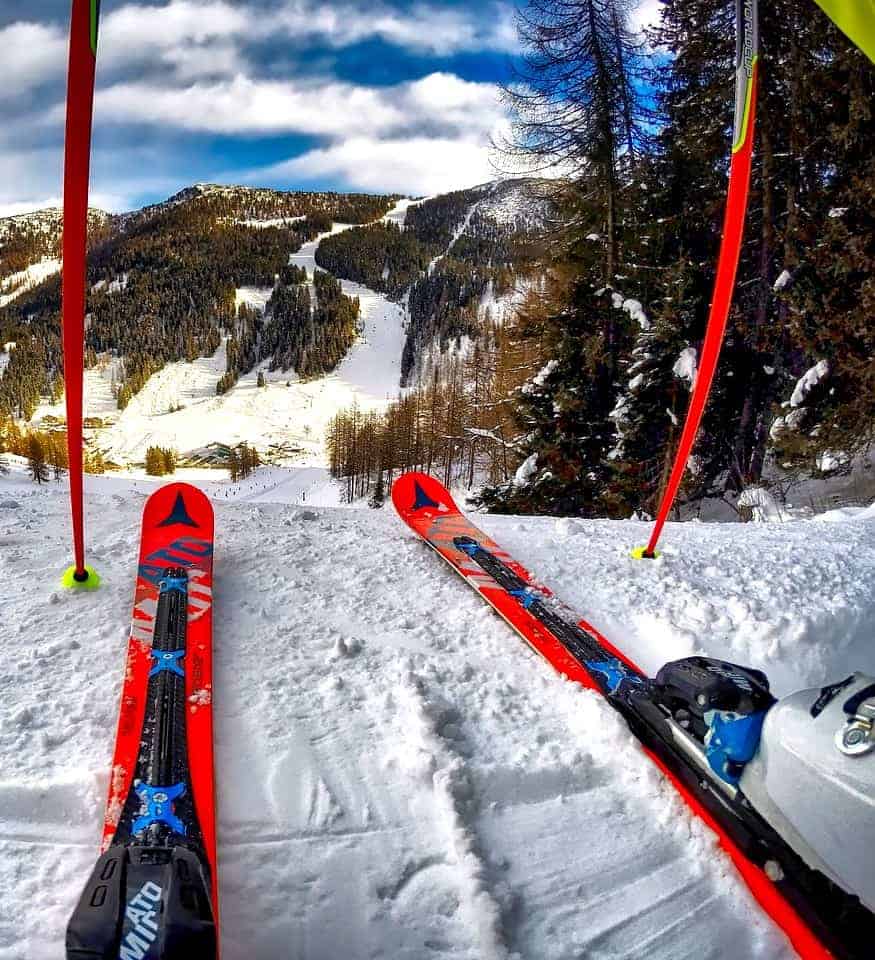Tag: skiing
Be sun smart on the slopes
Even if it is snowing, don’t assume that the sun’s rays are safe. The sun’s rays reflect off the snow and intensify them. Ensure you wear a high factor SPF, and use lip balm to prevent cracking. Polarised sunglasses that wrap around will prevent the UV rays causing damage to your eyes.
Don’t get caught out in the cold
Winter temperatures on the slopes often fall below zero, putting travellers at risk of cold-related injuries such as hypothermia and frostbite. When travelling in cold climates, ensure you wear warm clothing in layers. Heat is rapidly lost through hands and feet, so wearing a hat and gloves will help minimise heat loss.
Stopping altitude sickness at the summit
Some of Europes best slopes are found at altitudes higher than 2500m putting skiers at risk of altitude sickness. If you plan on skiing from the summits, make sure you prepare. Know the altitude you are going to, and recognise the symptoms of altitude sickness. Skiers could consider the use of altitude sickness medication acetazolamide (more commonly knows as Diamox) to prevent developing altitude related illness.
If you would like more travel advice we’d recommend an appointment with one of our travel nurses.
Book your travel appointment today
By Anna Chapman | Travel Nurse | November 2018
Most people who ski go from a sedentary job to a full week of intensive activity, and not just skiing itself, but lifting skis/boots and twisting getting on and off lifts, not to mention the après-ski…
Here are the TOP TIPS from our consultant osteopath, Andrew Doody, on how best to prepare and get the most out of your holiday, injury free!
BEFORE YOU GO:
- • Build up your fitness gradually. Just a few sessions on the cross-trainer will wake up those muscles to avoid problems in the first few days on the slopes. Even walking to work or using the stairs will get things going.
- • Start a stretching program. Concentrate on quads, hamstrings and calves.
- • Don’t ignore any twinges you may have, get them checked out and sorted before you go!
- • Work on your balance. Dig out that old yoga DVD.
- • Have your alignment checked. Most skiers find turning one way easier than the other. Poor technique may not be the problem! One-sidedness or muscle weakness is often the cause. Desk based workers are particularly susceptible.
- • Get professional advice on the best products to support problem knees, ankles, wrists or backs.
ON THE SLOPES:
- • Ensure ski boots are properly fitted: ill-fitting boots can impact on your posture when skiing.
- • Warm up before you start and stop and stretch off regularly, paying particular attention when you finish for the day.
- • Drink plenty of water.
- • Always wear a helmet!
- • Don’t ignore any pain you may experience, see it as the warning that it is meant to be and have it checked.
- • Beware in the village. Lots of ski injuries come from carrying kit badly or slipping on ice away from the slopes.
ON YOUR RETURN:
- • Don’t leave it another year to follow up on the cause of any pain you’ve experienced.
- • Consider ways to help you improve your fitness level throughout the year so that you are fit and ready to return to the slopes next ski season!
If you would like advice on the best exercises you can do to prepare for your ski trip, of have returned from holiday with an injury, you should book an osteopath appointment.





